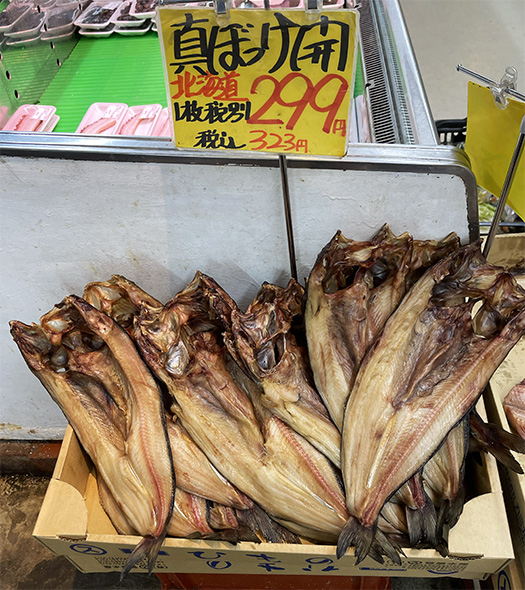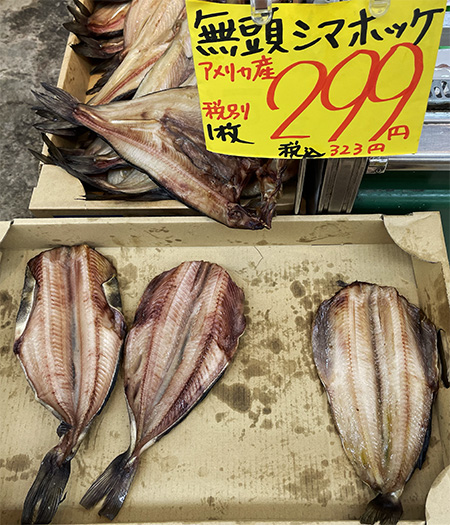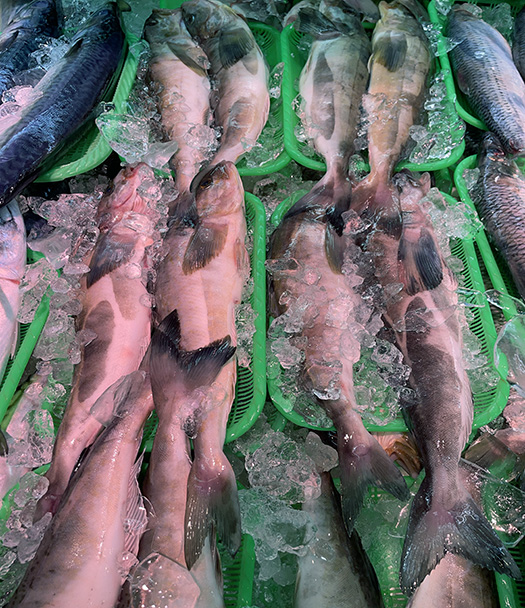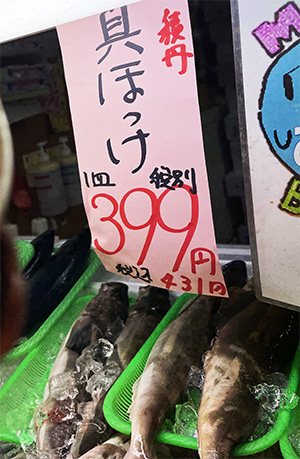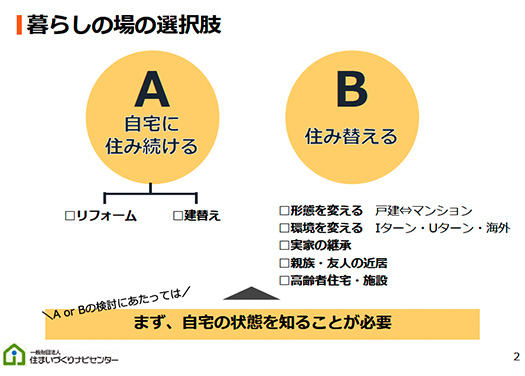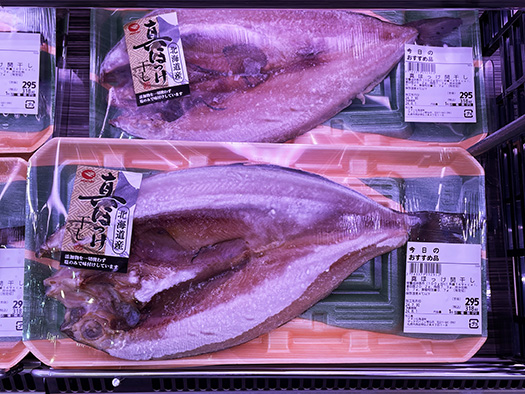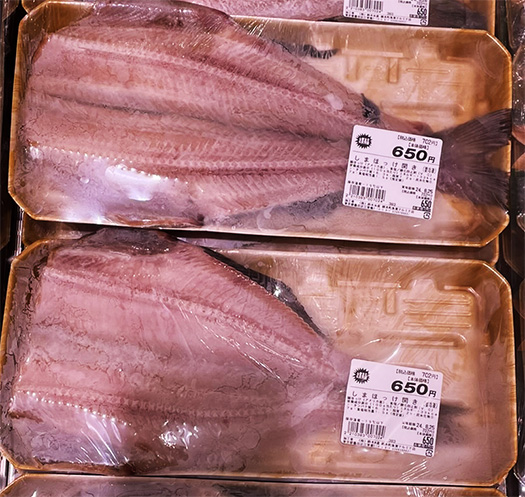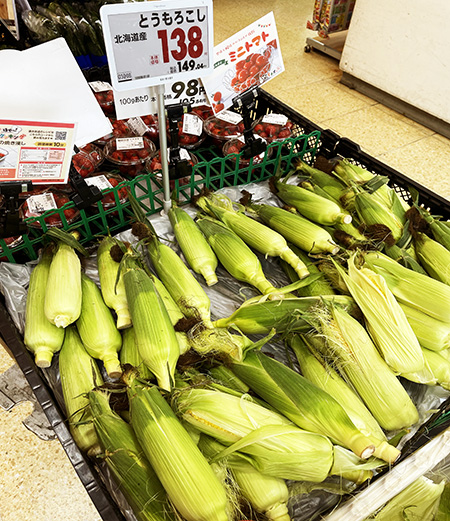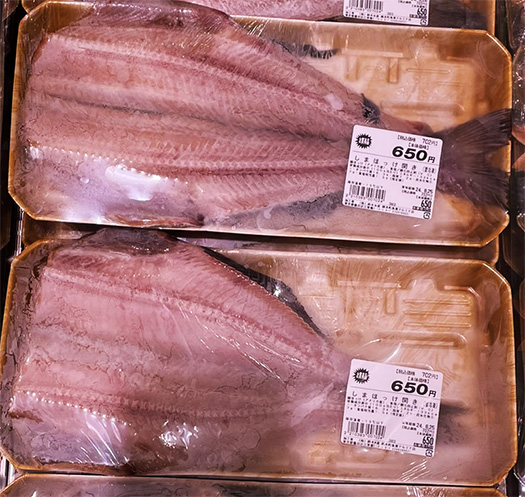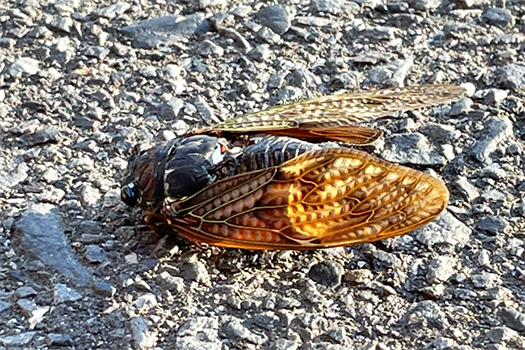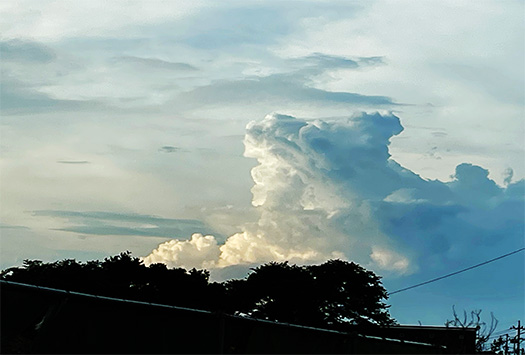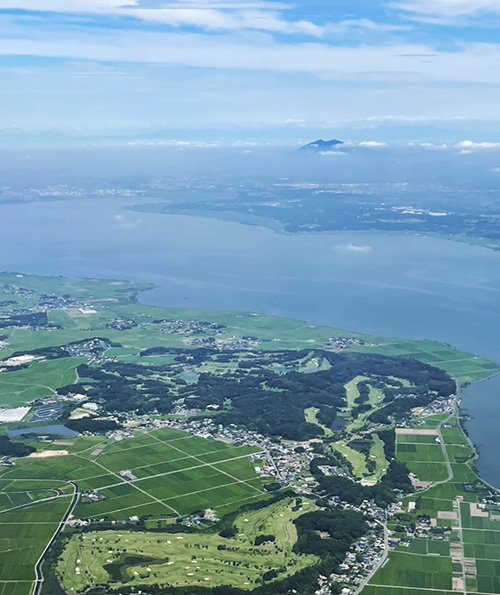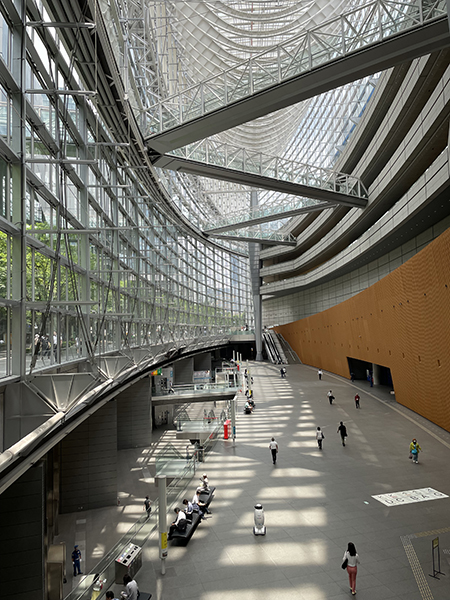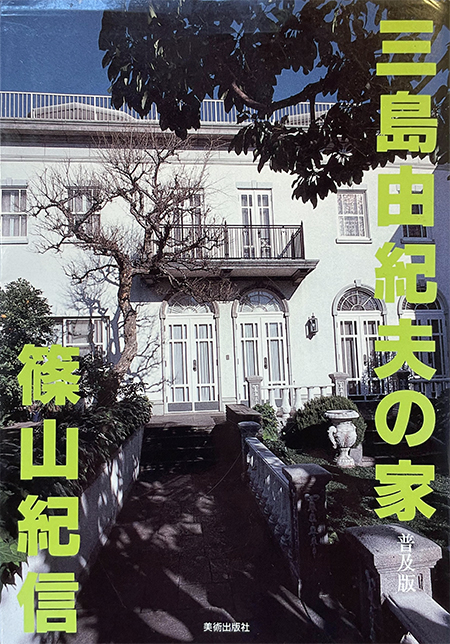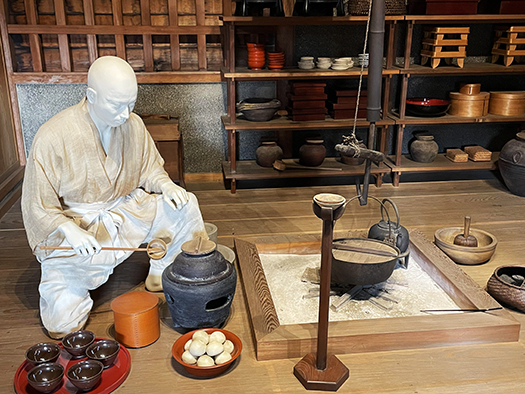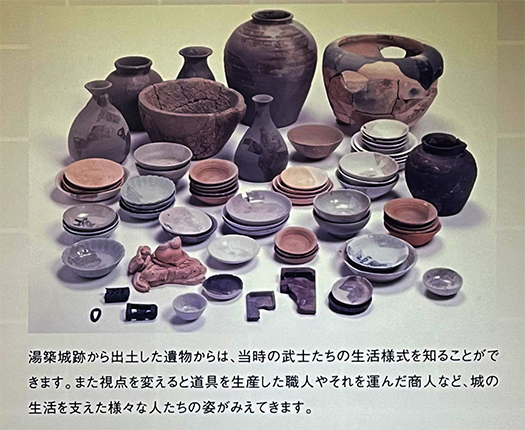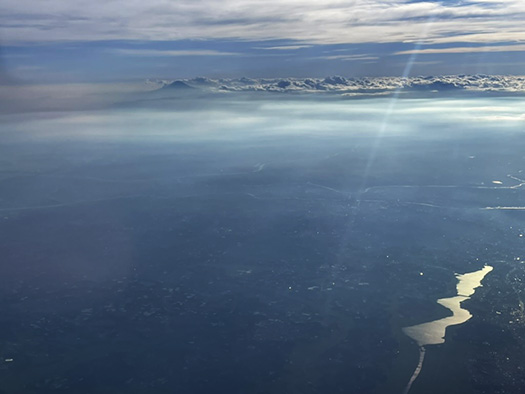
今週は東京から帰ってきて、懸案事項の対応でけっこうな神経戦が続いております。問題点というか、課題の見える化がようやくメドが立ってきて来週にかけてが山場。性格的にコツコツと細部をひねくり回すと言う作業に苦手意識があるのですが、まぁじっくりと気分を静めて対応は続きます。
そういったなかでは気分転換が不可欠ですが、写真は東京から札幌への帰還時の航空写真。手前側が房総半島の様子で、東京湾を挟んでどうやら富士山が雲海から顔を出して、夏雲群がその右側に整列しているかのような光景。房総半島では霞ヶ浦かと思われる水面が日の光を反射して神々しい。
こういう雄大なパノラマ景色を見ていると、人生の全体にわたっての俯瞰のような思いがわき上がってきて、相当若い時期、はじめて飛行機に乗り始めた時期のことまでワイドに想起する。で、そういった時期に考えていたことや、感覚していた心理の断面などが突然まざまざと浮かび上がってきたりする。
たぶん誰もがこういうパノラマを見るとそんなふうな想念にかられるでしょう。いや、そうではなく単なる高齢化の進行で、過去の記憶領域がアタマのなかで「あふれかえって」いるのかも(笑)。しかし人間の生物的特徴として、過去のことは薄い霞が掛かって、ぼんやりと平穏な風景に包まれていくのではないかと思っています。たとえばイヤなこととか、ツラかったことでも、時間が経っていくとそういう負の感情は徐々に薄らいでいって、肯定的な心理で捉え返すように思える。
まぁ時間の経過がすべてを浄化すると言うことかも知れません。
・・・っていうような心もようになってきて、飛行機に乗ると最近はとにかく「窓際」族一択(笑)。巨視に包まれていると、日常的な些事や困難はほんの些細なことだというように「見えて」くる。っていうか、違う視点で考えることができるようになる、と言うことかも知れない。
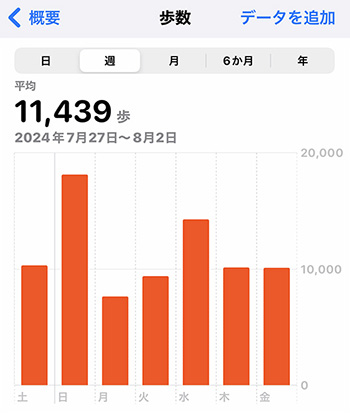
で、今週は1日の「歩数」がうなぎ上りで平均で1日11,439歩。早朝や夕方など、すこし過ごしやすい時間中心ですが、健康体力の維持・増進に邁進中。ただ、ちょっと歩きすぎかも知れない。週末に至ってやや疲労の蓄積感がある。
ということで英気を養って体力も涵養したいと思います。みなさんもお元気に。ブログでの残暑見舞いになった次第です。
English version⬇
2024 Midsummer Archipelago: A Late Summer Greeting Card from Above
Unusual sky above and wide landscapes diminish trivial things with an impression of being dazed. I would like to have a generous view to the extent that people do not think I am suffering from dementia (laughs). …….
This week, after returning from Tokyo, we have been in a nerve-wracking battle to deal with a number of pending issues. I have finally reached a point where I can visualize the problem or rather the issue, and the next week will be the climax of the project. I am not very good at this kind of work, but I will continue to deal with it slowly and calmly.
In such a situation, a change of pace is essential. The photo is an aerial view of the return trip from Tokyo to Sapporo. In the foreground is the Boso Peninsula, and across Tokyo Bay, Mt. Fuji appears to be emerging from a sea of clouds, with a group of summer clouds lined up to its right. On the Boso Peninsula, the surface of the water, perhaps Kasumigaura, reflected the sunlight and looked divine.
When I look at such a magnificent panoramic view, I get a bird’s eye view of my entire life, and I even think back to the time when I was quite young and started flying for the first time. And suddenly, the things I was thinking and feeling at that time, as well as the cross-section of my mind, come vividly to the surface.
Perhaps everyone will have such thoughts when they see a panorama like this. Or perhaps it is not that, but simply the aging of the population that is “flooding” our minds with memories of the past (laughs). (Laughs) However, as a biological characteristic of human beings, I believe that the past will be enveloped in a hazy and peaceful landscape. For example, even if it was a bad time or a painful experience, as time goes by, such negative feelings gradually fade away and we seem to recapture them in a positive frame of mind.
Well, it may be that the passage of time purifies everything.
I have come to have such a mentality that when I board an airplane these days, I always choose to fly by the window (laughs). When you are surrounded by a huge view, you can “see” everyday trivialities and difficulties as if they are just trivial. Or perhaps it means that I can think from a different perspective.
This week, my daily step count has been climbing, averaging 11,439 steps per day. I have been working hard to maintain and improve my health and fitness, mainly in the early morning and evening, when it is a little easier to spend time. However, I may be walking a little too much. I am feeling a bit fatigued after the weekend.
So, I would like to nurture my energy and physical strength. I wish you all the best. I would like to express my best wishes for the late summer season in this blog.
Posted on 8月 3rd, 2024 by 三木 奎吾
Filed under: 日本社会・文化研究 | No Comments »


